In this article, we will explore how augmented reality can be used as a tool for educating and inspiring photographers.
AR as an Educational Tool
Augmented reality offers a unique and interactive learning experience for photographers of all skill levels. Here are some key advantages of using AR as an educational tool:
- Immersive Learning: AR enables photographers to immerse themselves in a virtual environment where they can learn and practice various techniques. They can visualize complex concepts in real-time, facilitating a deeper understanding of composition, lighting, and other essential elements.
- Real-time Feedback: With AR, photographers can receive instant feedback on their shots. AR overlays can provide guidance on composition, exposure, and other technical aspects, helping learners refine their skills by making adjustments in real-time.
- Simulation of Real-world Scenarios: AR can simulate challenging shooting scenarios, such as low-light conditions or fast-moving subjects. Photographers can practice capturing the perfect shot in a safe and controlled virtual environment, preparing them for real-life challenges.
- Access to Experts: AR can connect photographers with industry experts who can provide guidance and mentoring remotely. Through AR-powered workshops and tutorials, photographers can benefit from the knowledge and expertise of professionals from around the world, expanding their learning opportunities.
AR for Creative Exploration
Augmented reality fuels creativity by offering photographers exciting ways to experiment with their art. Here are some ways AR can inspire photographers:
- Virtual Objects and Filters: AR allows photographers to add virtual objects, filters, and effects to their images in real-time. This opens up a realm of possibilities for creative expression, enabling photographers to transform ordinary scenes into extraordinary works of art.
- Visualization of Concepts: With AR, photographers can visualize their creative ideas before actually capturing the shot. They can experiment with different compositions, framing options, and perspectives, ensuring that the final image matches their vision.
- Merging Physical and Digital Worlds: AR enables photographers to merge physical objects with virtual elements seamlessly. They can incorporate digital overlays, graphics, or even entire scenes into their photographs, adding a layer of depth and storytelling to their work.
- Interactive Storytelling: AR can bring images to life by adding interactive elements. Photographers can create immersive narratives, where viewers can engage with the photograph by tapping on various elements to reveal additional information or hidden stories.
The Future of Photography with AR
The integration of augmented reality into photography is just the beginning. As technology continues to evolve, the potential applications of AR in the field are vast and exciting. Here are some key takeaways regarding the future of photography with AR:
- AR will enable photographers to push the boundaries of their creativity, offering an expanded toolbox of digital enhancements and storytelling techniques.
- Photographers will have access to a global community, connecting with like-minded individuals and experts through AR-powered platforms, workshops, and forums.
- AR will bridge the gap between amateur and professional photography, allowing enthusiasts to learn from the best and enhance their skills to achieve professional-level results.
- The democratization of photography will be further accelerated, as AR empowers individuals with minimal resources to create incredible images and share their unique perspectives with the world.
In Conclusion
Augmented reality has the potential to revolutionize photography by serving as a powerful tool for education and inspiration. Through immersive learning experiences, real-time feedback, and access to industry experts, photographers can enhance their skills and knowledge. AR also enables creative exploration, offering exciting ways to experiment, visualize concepts, and merge the physical and digital worlds. As technology progresses, the future of photography with AR looks bright, promising endless opportunities for photographers worldwide.
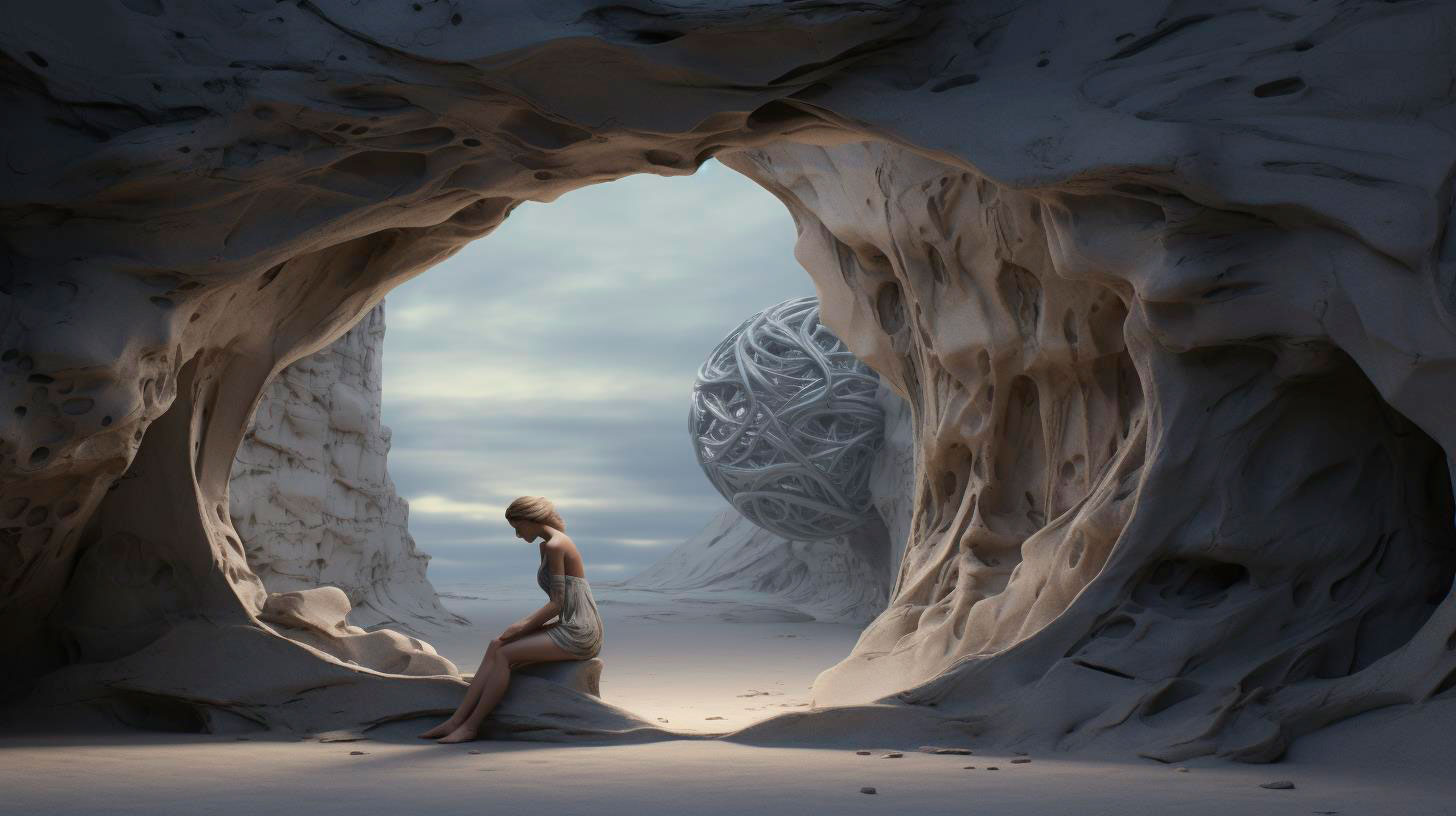







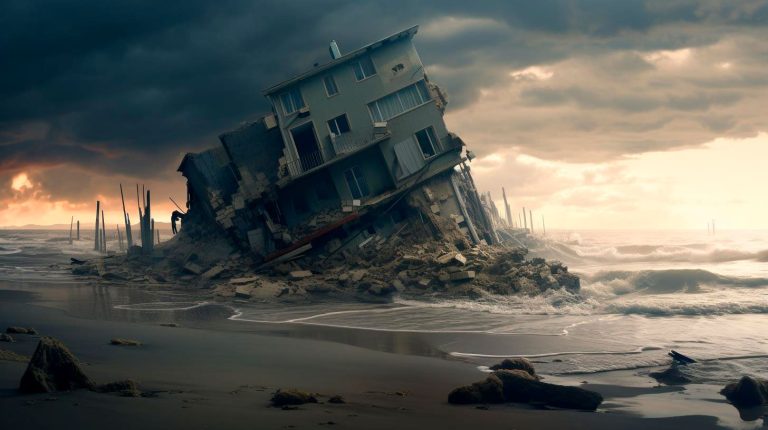
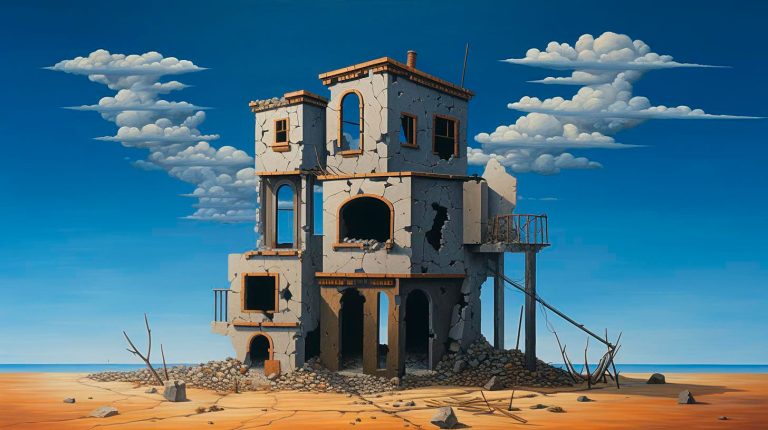
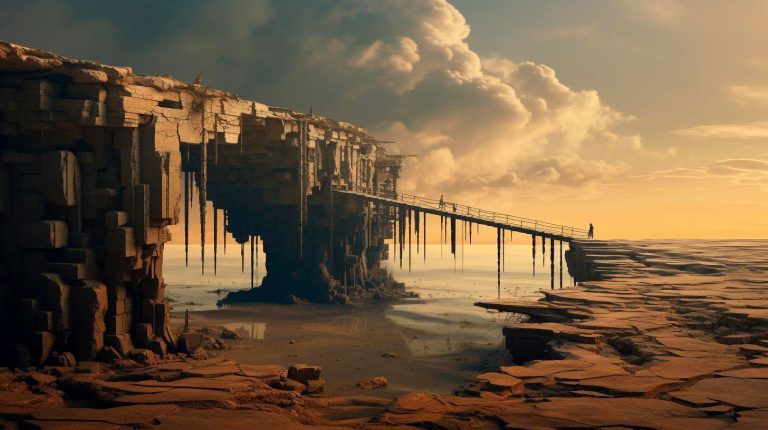


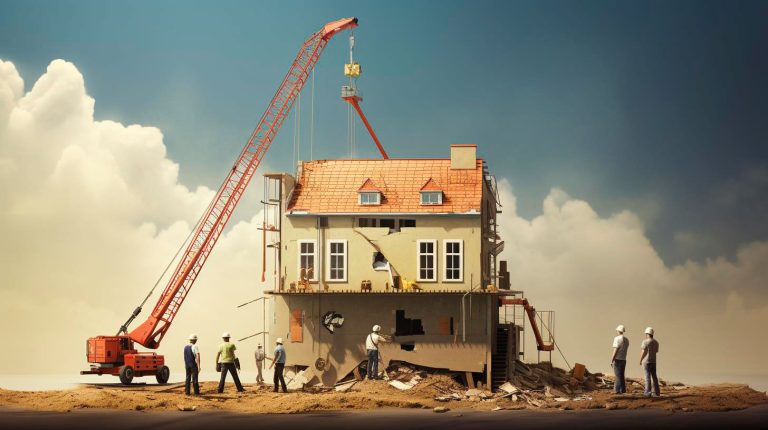










+ There are no comments
Add yours